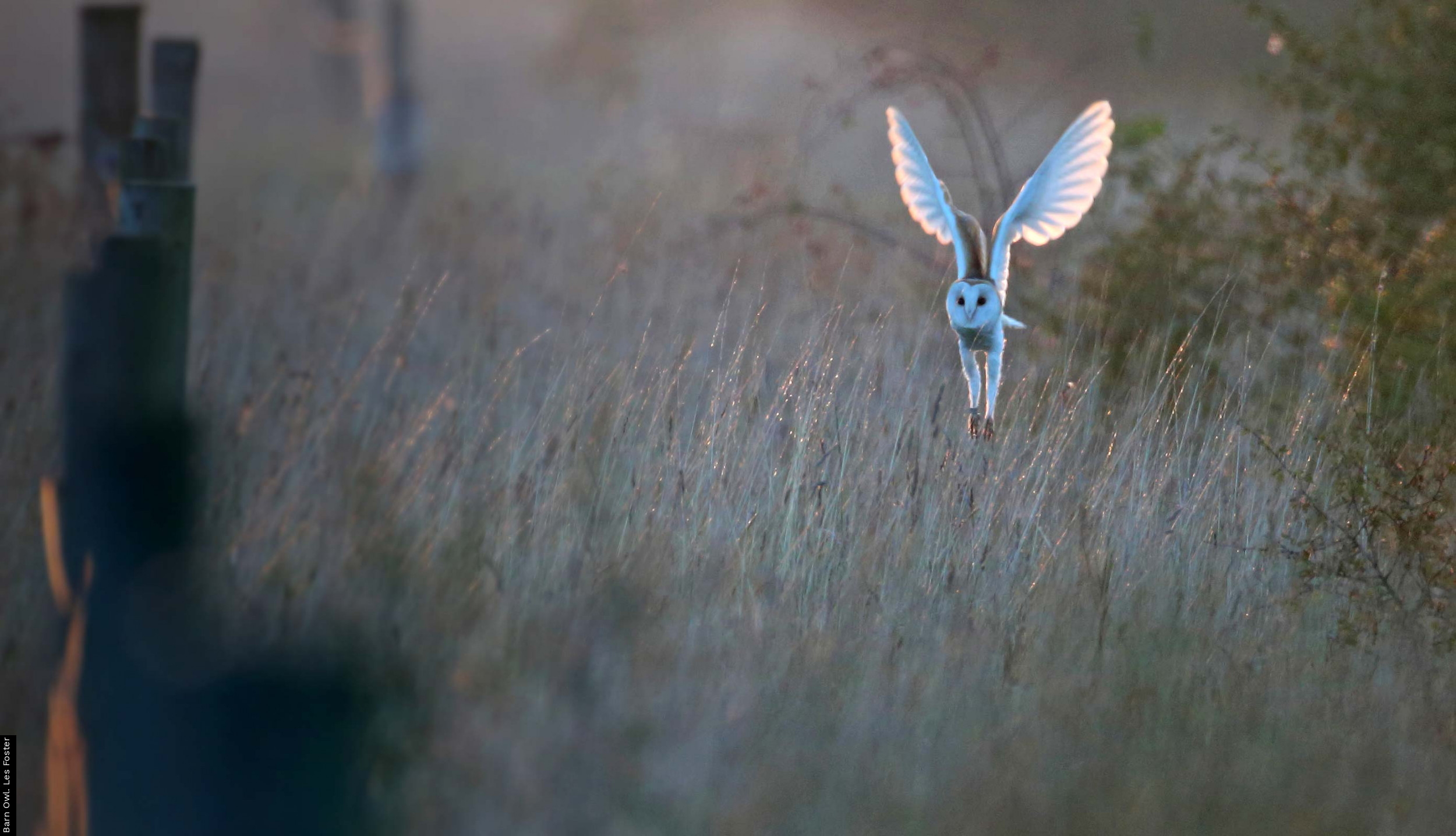Phasianidae - Pheasants and Partridges
In some ways, the Phasianidae must rank as one of the most important bird families - one of its number, the Red Junglefowl Gallus gallus was domesticated around 5,000 years ago, giving rise to the chicken, of which there are now probably at least four for every human on the planet, making it the most numerous bird globally. Yet, amongst their 187 species they number some of the most endangered birds in the world. Gamebirds fall into three distinct groups: the pheasants, the partridges and the quails. All are plump, ground-dwelling, with short stout legs, and a preference for running over flying.
Pheasants are forest birds with striking plumage and (mostly) long tails. They originate in Asia, but several species including the Pheasant have been introduced around the world, this one being the subject of a multi-billion pound rural industry. Pheasants are polygynous (i.e. one male will mate with many females), the males courting the females by displaying their extravagant plumage; spurs on their feet are used to see off rival males.
Partridges are birds of dry, open country and are found throughout southern Eurasia, Africa and Australia. Dumpy, short-tailed birds, they will run away from danger where possible, suddenly bursting into a quick whirring flight if it gets too close. Partridges live in social groups known as coveys. These are based on family parties, though several such parties may merge into one covey where numbers are high. One partridge species, the Grey Partridge is native to Britain, but recent large declines mean it is now far outnumbered by the released Red-legged Partridge.
The Quails are small, cryptic birds which generally skulk in dense cover and can be incredibly difficult to see. The weakest fliers amongst the gamebirds, some species are, paradoxically, migratory. The European Quail migrates to Africa and back each year, an astonishing feat given how poorly it flies. Its penetrating 'wet-my-lips' call, once a familiar sound throughout England is now seldom heard, thanks to a large population decline.
Regularly Occurring Species
Grey Partridge
Red-legged Partridge
Quail
Pheasant
Golden Pheasant
Lady Amherst's Pheasant






Share this page